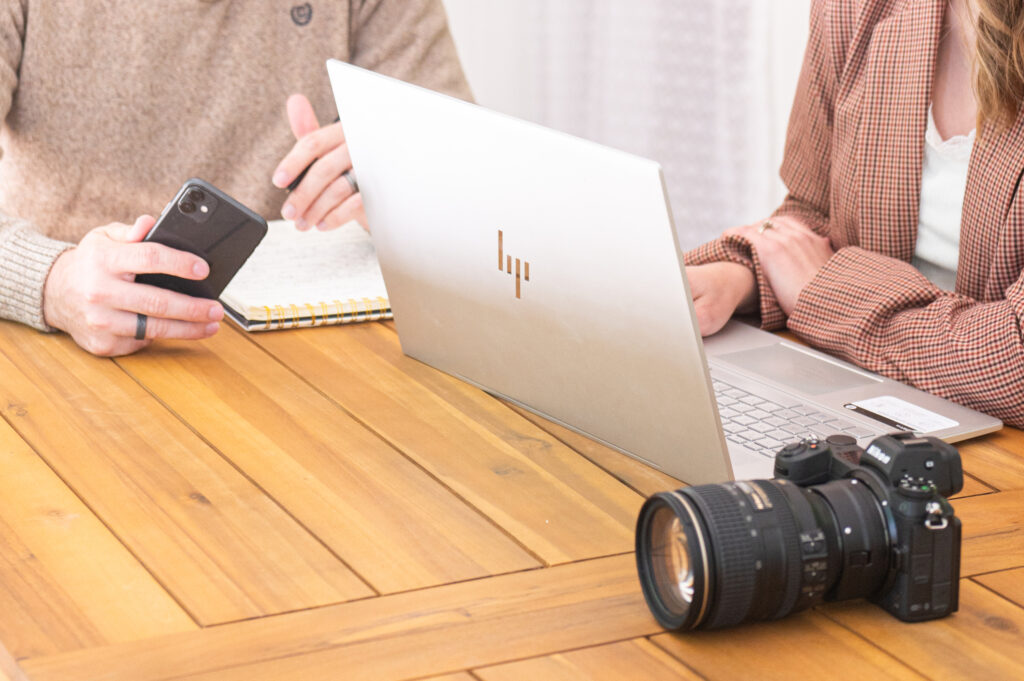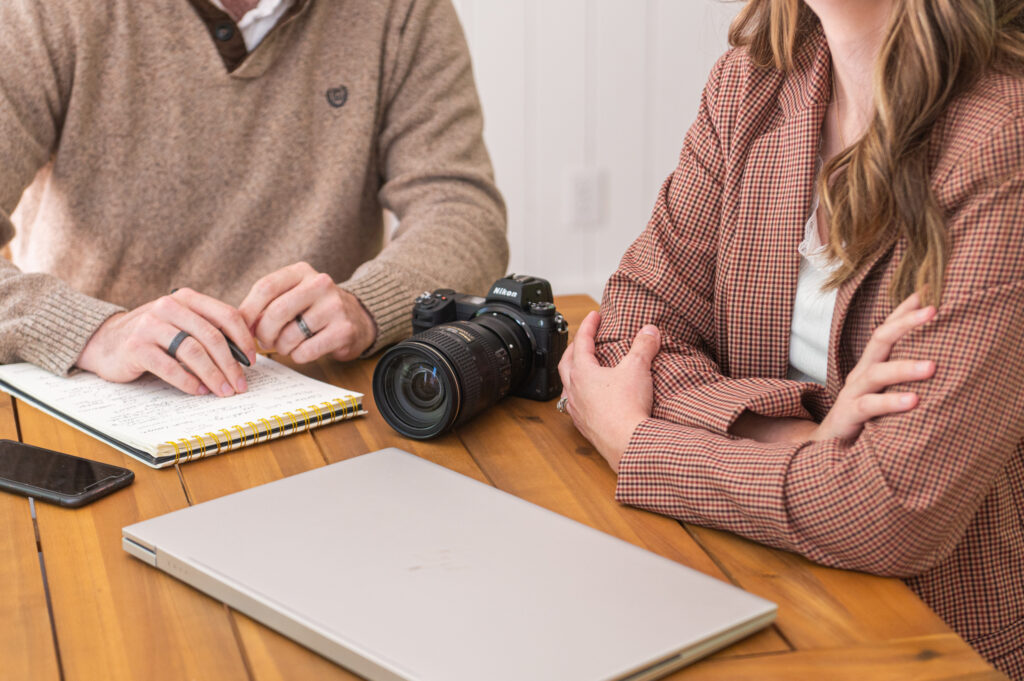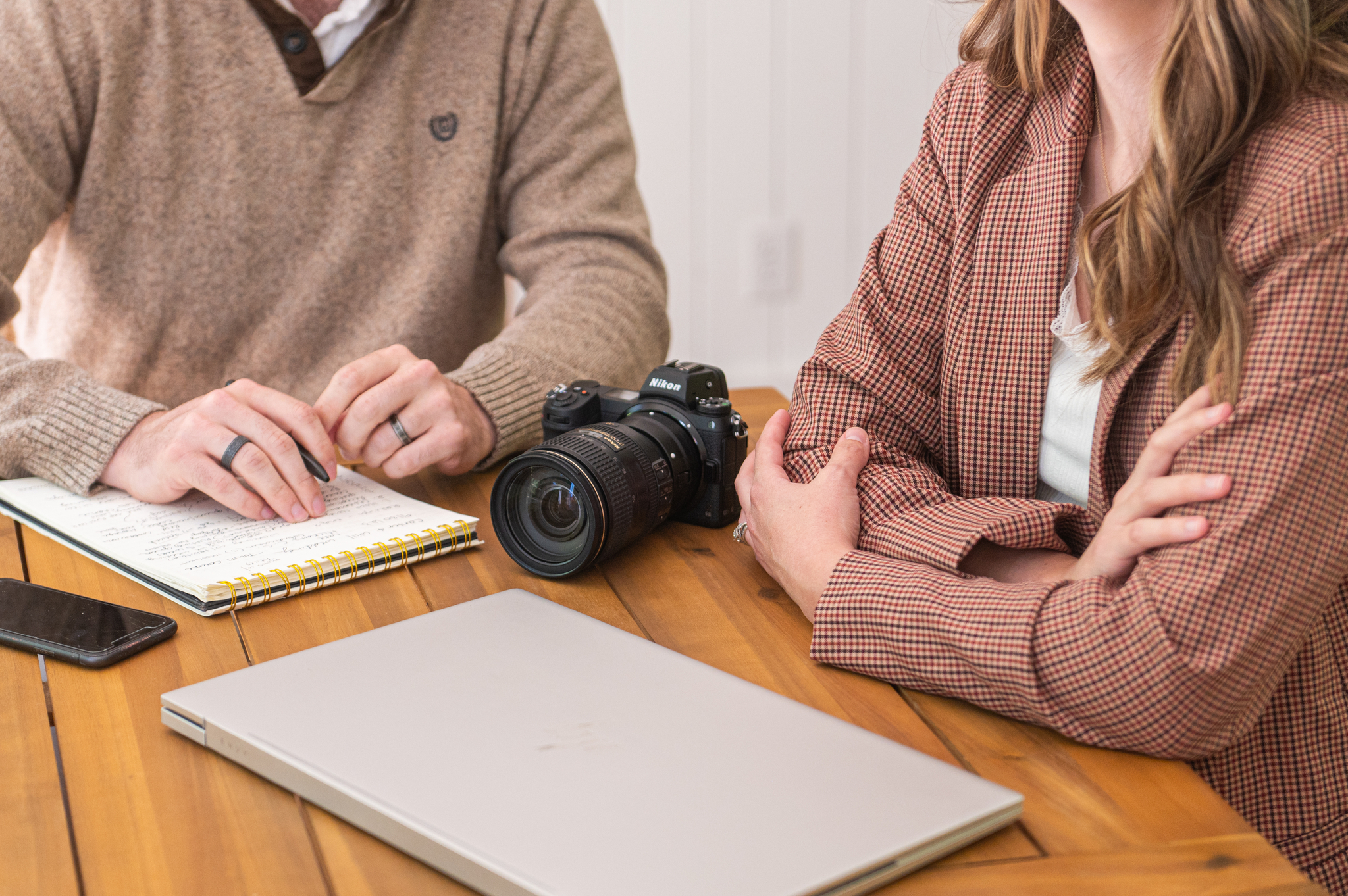Share this post
AUTHOR:
Mastering Manual Mode: Our Second Rule – Setting Your ISO
October 4, 2023
Photography is an art that demands precise control over various camera settings to capture the magic of the moment. Let’s delve into the second rule for setting exposure: managing your ISO. Understanding and controlling ISO is essential for achieving perfectly exposed photos.
If you haven’t read the first rule in Mastering Manual Mode do that, click here to read that first!

What is ISO?
ISO is one of the three fundamental components of the exposure triangle, along with aperture and shutter speed. It refers to the sensitivity of your camera’s sensor to light. A lower ISO value (e.g., ISO 100 or 200) makes your camera less sensitive to light, suitable for well-lit scenes. A higher ISO value (e.g., ISO 800, 1600, or higher) increases sensitivity, making it ideal for low-light situations but potentially introducing digital noise.
The Role of ISO in Photography
ISO plays a significant role in photography, especially in dynamic environments where lighting conditions can change rapidly. Here are some key aspects of ISO management for photographers:
1. Determining Lighting Conditions: Before setting your ISO, assess the lighting at your shooting location. Is it outdoors in bright sunlight, a dimly lit church, or a low-light reception venue? Understanding the lighting will guide your ISO choices.
2. Balancing ISO with Aperture and Shutter Speed: ISO interacts with aperture and shutter speed to determine exposure. When you increase the ISO, you can use faster shutter speeds or smaller apertures to maintain proper exposure. I often start by setting the aperture according to my creative vision and then adjust the ISO as needed.
3. Managing Noise: One of the primary concerns with high ISO settings is the introduction of digital noise, which can degrade image quality. I suggest using the lowest ISO setting possible for the given lighting conditions to minimize noise. However, in low-light situations, you may need to increase the ISO to capture the moment without motion blur.
4. Consider Your Gear: The amount of noise introduced at higher ISOs can vary depending on your camera model. High-end cameras often handle noise better than entry-level ones. Know your camera’s limits and test different ISO settings to find the sweet spot for your gear.
Common ISO Settings for Photography
I rely on these common ISO settings for various scenarios:
1. Outdoor Daylight: In well-lit outdoor settings, such as during the day, I typically use a low ISO setting like ISO 100 or 200.
2. Ceremony: During indoor ceremonies or other dimly lit venues, I may raise the ISO to around 400 to 800 to ensure proper exposure without sacrificing shutter speed.
3. Reception: In low-light reception venues, I am prepared to use higher ISO settings, often ranging from 800 to 1600 or even higher to capture the ambiance without flash.
4. Dance Floor: For candid shots on the dance floor, I might push the ISO higher (e.g., 3200 or 6400) to freeze motion and capture the energy of the moment.
Setting your ISO is the second rule in achieving impeccable photography exposure. It’s a balancing act between capturing the beauty of the moment and managing potential noise. I’ve shown you that mastering ISO settings is vital for delivering stunning photos, especially in challenging lighting conditions. So, whether you’re in the bright sunshine of an outdoor ceremony or the romantic low-light of a reception, remember to assess the lighting, balance ISO with other exposure settings, and consider your gear’s capabilities. By doing so, you’ll be better equipped to tell the beautiful story of a couple’s special day through your lens.

Struggling with learning manual on your own?
We offer live Coaching!
Learn more here!

Comments